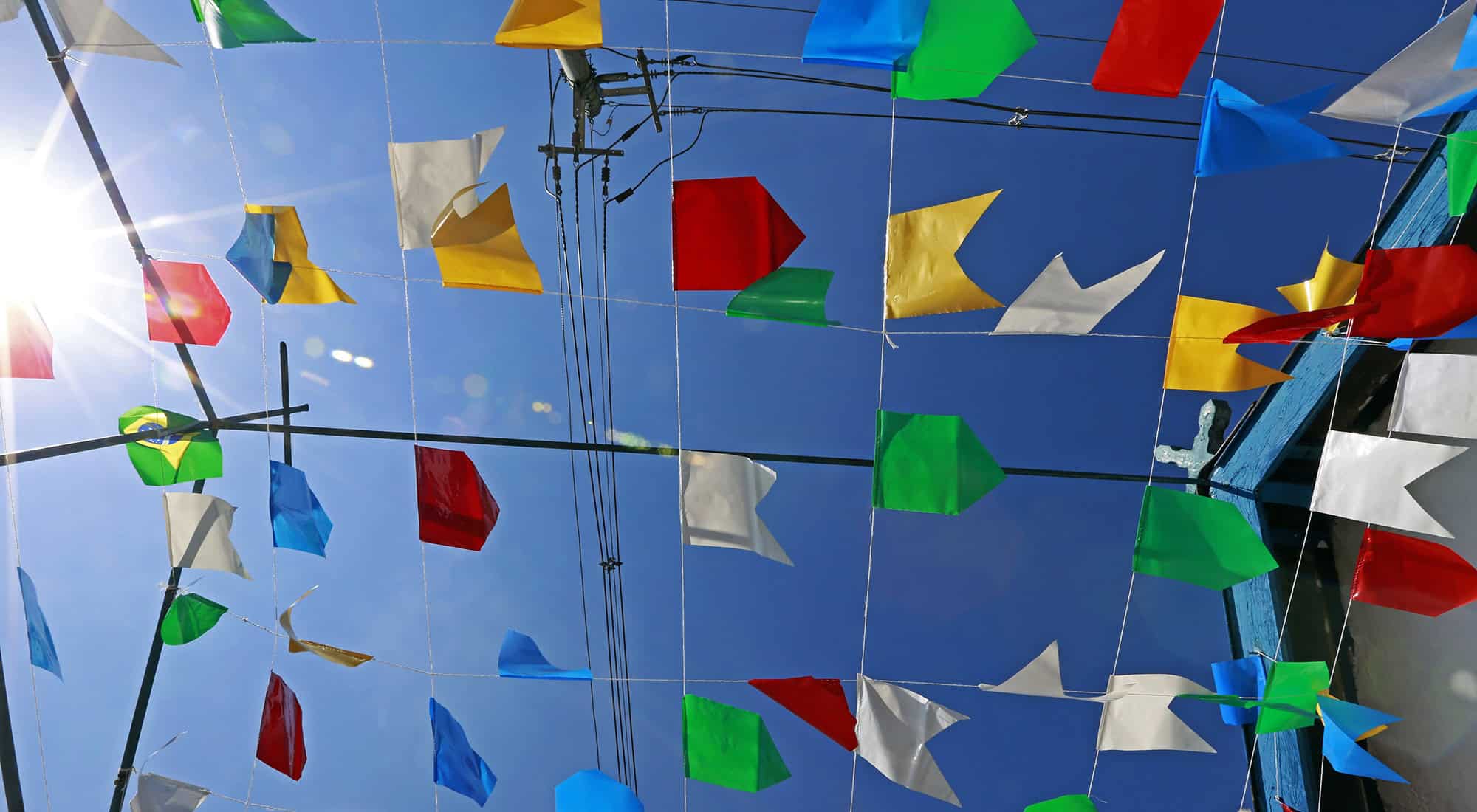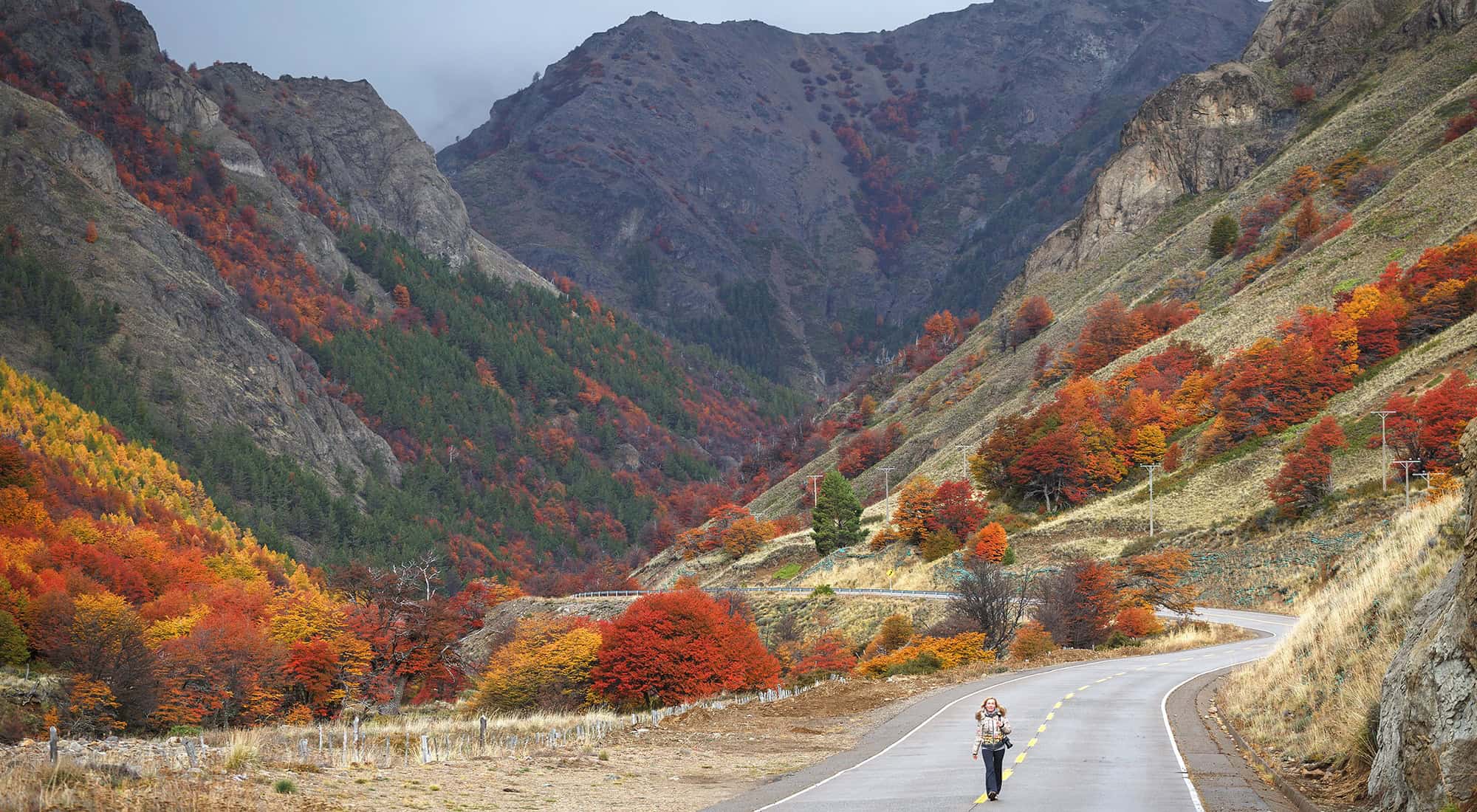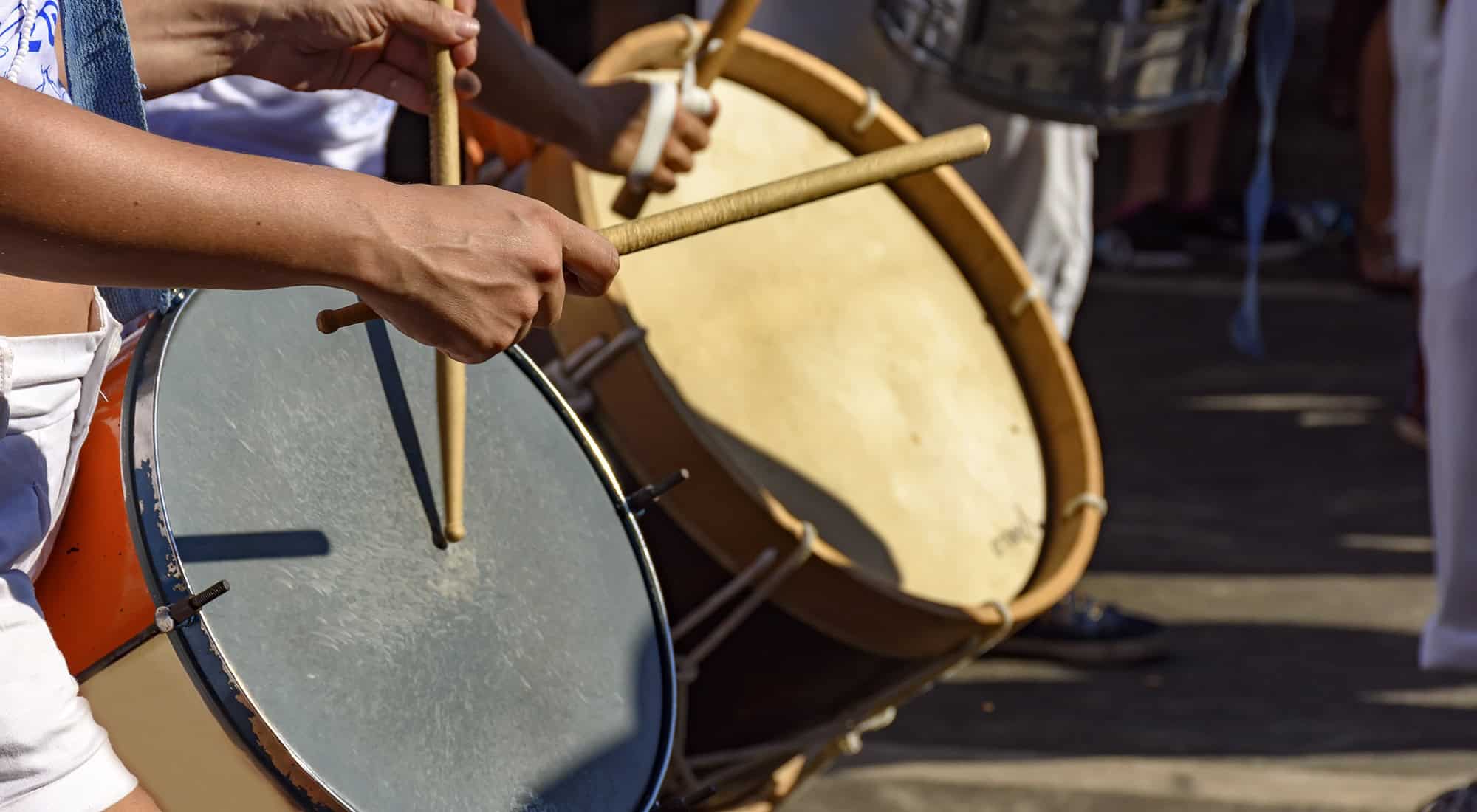The Amazon has some of Brazil’s best and biggest festivals, as vibrant and colourful as carnival in Rio and far less known to foreign tourists. Here is a pick of three of the best.
Cirio de Nazaré, Belem
(14 October 2018)
Music, dancing and street parades in the CarnaBelem carnival following a procession with the statue of Our Lady of Nazareth, taken from the Nazaré Church and paraded around the historic centre to the cathedral.
The effigy itself has a long and fascinating history. It was discovered by Plácido José de Souza, a caboclo, in 1700, buried in mud on an igarapé. De Souza built a chapel for the image, and over the following century the statue became associated with miracles. In 1793, the Vatican authorized the first official processions in Belém.
The Boi Bumba festival, Parintins
(29 June -01 July 2018)
The biggest and most colourful celebration in the central Amazon takes place on a forested island in the middle of the main river next to the village of Parintins. It’s a dance and music pageant, staged as a competition between two rival groups: Caprichoso (whose colour is blue) and Garantido (red).
The pageant, which originates from Braga in Portugal (heavily syncretized with indigenous and Afro-Brazilian themes) was brought to Parintins in the early 20th century by settlers from São Luís in Maranhão and tells the story of Pai Francisco and his wife Mãe Catirina who steal the prize bull from the landowner that they work for, and kill it. The landowner discovers this and threatens to kill them if they fail to resurrect his bull by midnight. The couple employ the talents of a shaman, a priest and an African pai santo, and these characters invoke the female spirit of rainforest fertility, the Cunhã-poranga, played by a beautiful young dancer.
The story is told to the backdrop of vast four-storey floats with moving parts and troupes of hundreds of dancers and is performed in the purpose-built bumbódromo stadium which holds almost 40,000 spectators.
Sairé, Alter do Chão
(Usually 1st or 2nd weekend in September)
An old festival re-modelled on the Boi Bumba, this pageant sees two rival teams re-enact the seduction of a local girl (the Cunhantã-iborari or cabocla borari) by a river dolphin, culminating in a passionate, balletic love-making scene, followed by the murder of the river dolphin by the girl’s father and its resurrection at the hands of an Indian pajé shaman.










